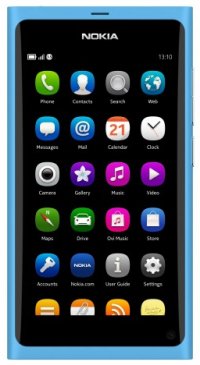Keeping it simple
Some people have jobs that mean they need to be contacted immediately. They have occupations that require them to act quickly in critical situations.
I’d like to think what I do makes the world a slightly better place, but I can’t really think of what a true emergency would look like in my line of work.
Over the years, more and more work-related apps have crept onto my phone. It’s only when I go on holiday with a strict ‘no work’ policy that I reflect on the impact this has on my leisure time.
I’ve worked from home for the last eight years and, for the last six, in a house with a separate home office. I have the ability to literally shut the door on my work at the end of the day and go ‘home’.
Instead, work tends to follow me home through the apps on my phone; despite being relatively disciplined with notifications, I’ve slipped into an unhealthy elision of work and leisure time that diminishes both.
For the last 10 days, while I’ve been on holiday, I uninstalled or disabled all work-related apps on my phone. It’s what I usually do when I’m on holiday: all or nothing.
So far, the only work-related app I’ve re-enabled is my calendar. I’m thinking of keeping it that way.
This evening, I scrolled through the list of apps I had installed and deleted about half of them. The main things I want to use my phone for are communication, music, and short-form reading and writing. Occasionally I use it for navigation, or a contactless payment if I forget my wallet.
I do sometimes wonder what ancient Stoic philosophers would do if they were alive today. What would Marcus Aurelius do? Epictetus? Seneca? Keep it simple, I guess.
This post is Day 27 of my #100DaysToOffload challenge. Want to get involved? Find out more at 100daystooffload.com


 The Nokia Ovi store contains very few apps as Nokia has effectively abandoned the platform (although they are supporting it until 2015).
The Nokia Ovi store contains very few apps as Nokia has effectively abandoned the platform (although they are supporting it until 2015).


